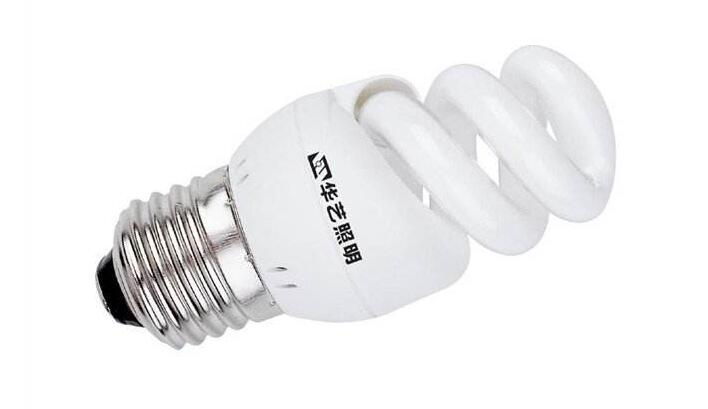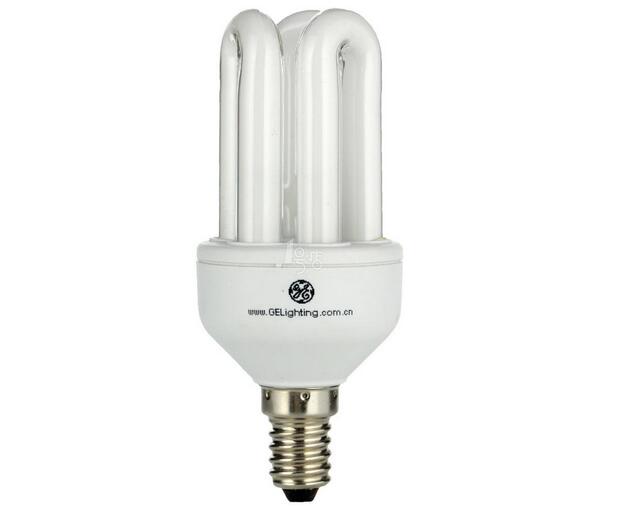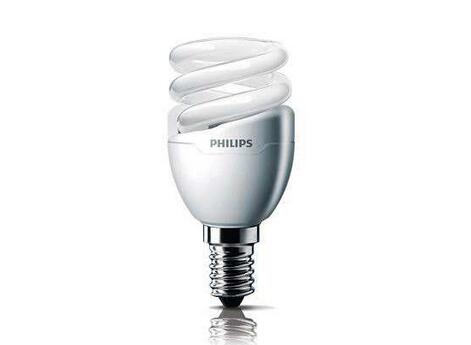Electronic energy-saving lamps, also known as LED lamps, are widely used nowadays as they have the advantages of low voltage and high energy efficiency and long lifespan. What are the characteristics of electronic energy-saving lamps? Here's a look at the relevant knowledge of electronic energy-saving lamps .

Electronic energy-saving lamp features
1. High efficiency and energy saving
Compared with other lamps with the same brightness, a 3W crystal lamp consumes one watt hour in three hundred and thirty-three hours, while an ordinary 60W incandescent lamp consumes one kWh in seventeen hours, and an ordinary 10W energy-saving lamp consumes one kWh in one hundred hours.
2. Long life
The semiconductor chip emits light, no filaments, no glass bubbles, no fear of vibration, and no breakage. Its service life can reach 50,000 hours (only 1,000 hours for ordinary incandescent lamps and only 8,000 hours for ordinary energy-saving lamps).

3. Health
The healthy light does not contain ultraviolet and infrared rays and does not generate radiation (ordinary light contains ultraviolet and infrared rays).
4. Green environmental protection
It does not contain harmful elements such as mercury and helium, which facilitates recovery and does not generate electromagnetic interference. (Ordinary lamps contain elements such as mercury and lead, and electronic ballasts in energy-saving lamps generate electromagnetic interference).
5. Protect eyesight
DC drive, no flicker (ordinary light is AC drive, it will inevitably produce strobe).

6. High light efficiency
The heat is small, 90% of the electrical energy is converted into visible light (80% of the electrical energy of an ordinary incandescent lamp is converted into thermal energy, and only 20% of the electrical energy is converted into light energy).
7. High safety factor
The required voltage and current are small and the heat generation is small. It does not cause safety hazards and is in dangerous places such as mines.
8. Great market potential
Low voltage, DC power supply, battery, solar power supply, power shortage, low electricity in remote mountain areas and field lighting.

The advantages and disadvantages of electronic energy-saving lamps
advantage
1. Compact structure and small size.
2. Can replace the incandescent lamp directly.
3. Longer life, 6 to 10 times that of incandescent lamps.
4. High luminous efficiency 60Lm/w, saving more than 80%, saving energy.
5. The inner wall of the lamp tube is coated with a protective film and the triple helix filament can greatly extend the service life.

Shortcomings
1. Electronic energy-saving lamps under the alternating current drive and ordinary incandescent lamps will have the strobe phenomenon, while the ordinary energy-saving lamps do not have flicker. Strobe makes the eyes easily fatigued.
2. Each led bulb light is too bright, it will strongly stimulate the eyes, can not look directly, even for a short time, and ordinary energy-saving lamps are relatively soft!
3. The irradiation angle is limited, generally only 120 °, and ordinary energy-saving lamps can be irradiated almost 360 °.
4. The brightness of the illuminated room is not better than the energy-saving lamp, because led only in the narrow angle of the direct view of high brightness, and after the deviation from the angle of light quickly weakened.
The above is the introduction of the features and advantages and disadvantages of electronic energy-saving lamp work. We have read more about the electronic energy-saving lamp. Do you hope that the above introduction can help friends in need?
Energy-saving lamp energy-saving lamp led lamp
Sensor Light,Sensor Downlight,Sensor Ceiling Light,Sensor Garage Lamp
JIANGMEN MOSCOT OPTOELECTRONIC TECHNOLOGY CO.,LTD. , https://www.jmsensorsled.com